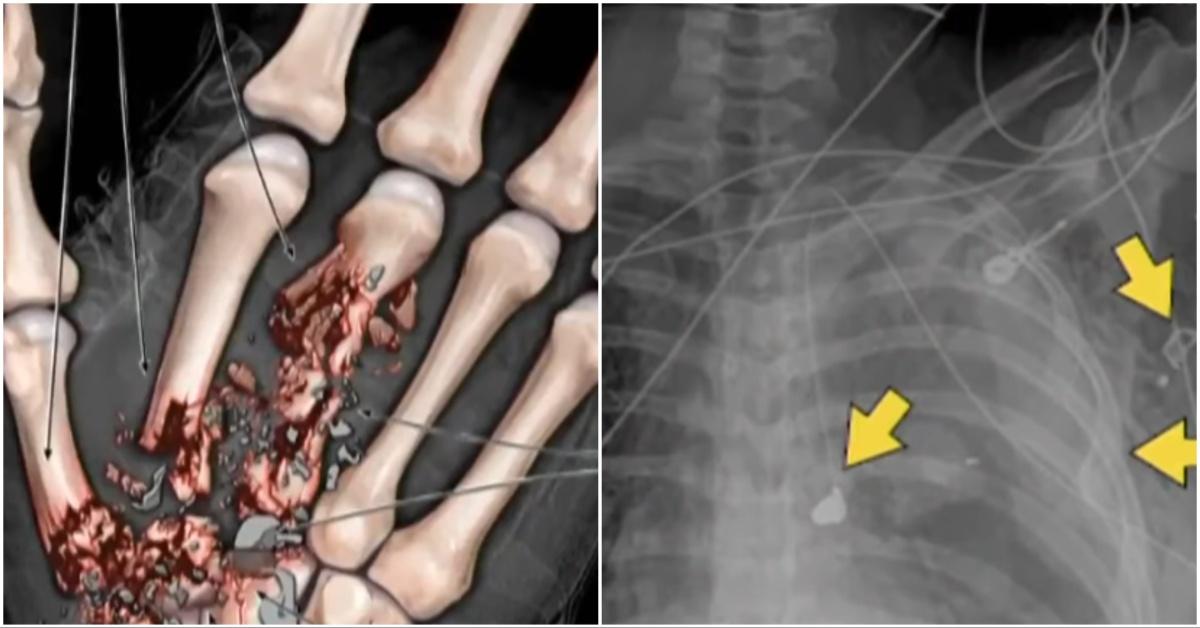What Happened to the 6-Year-Old Who Shot His Teacher and Why the Case Stunned the U.S.
This wasn’t just shocking because it happened. It was shocking because people tried to stop it — and couldn’t.
Published Nov. 7 2025, 2:33 p.m. ET
In a country where school shootings have tragically become a part of reality, one case in particular stood out — not because it happened, but because of who was responsible. In early 2023, per NPR, a 6-year-old student brought a gun to school and shot his first-grade teacher in Virginia. The act itself was horrifying, but what followed left many asking the same thing: What happened to the 6-year-old who shot his teacher?
The answer is complicated. Because of the child’s age, details remain limited — and his identity remains protected by law. What little is known, however, has raised difficult questions about accountability, safety, and how the legal system handles something no one ever expects: a school shooting carried out by a first grader.
What happened to the 6-year-old who shot his teacher?
The child who shot Abigail Zwerner inside her classroom at Richneck Elementary School was just 6 years old. Due to his age, he was not charged with any crime. Legal experts and child development professionals widely agreed that someone so young likely lacked the capacity to understand the full weight of his actions.
The boy’s name has never been made public, and his whereabouts have remained largely undisclosed. What has been confirmed, however, is that he was removed from the care of his mother and is now reportedly living with a relative. He is enrolled at a different school, according to the BBC.
There has been no official statement regarding counseling, rehabilitation, or monitoring. And because he is a minor — especially one under the age of criminal responsibility — most legal avenues of punishment or public accountability were not applicable.
For many observers, that fact alone has remained the most unsettling part of the story: a shooting occurred, a teacher nearly died, and the child at the center of it all quietly disappeared from public view.
The shooting of Abigail Zwerner shocked both a community and a nation.
On the day of the shooting, Abigail Zwerner was sitting at a reading table in her first-grade classroom when a single shot rang out. The bullet passed through her hand and into her chest. She managed to escort her students to safety before collapsing in the school office.
Abigail Zwerner spent nearly two weeks in the hospital, underwent six surgeries, and still does not have full use of her left hand. During her testimony in court, she recalled thinking, “I thought I was either on my way to heaven or in heaven … then it all got black.”
What made the incident so deeply disturbing for many Americans wasn’t just the violence — it was the reality that it could have been prevented. Several school staff members had reportedly warned then–Assistant Principal Ebony Parker that the child had brought a gun to school. At least one of those warnings came 45 minutes before the shooting occurred. Despite the warnings, no action was taken to remove the student or search his backpack.
In a country where active shooter drills are now as routine as fire drills, the idea that a school shooting happened despite multiple warnings hit a national nerve. For many, this was more than a tragedy — it was a preventable one.
Ebony Parker was found liable in court and still faces criminal charges.
In 2025, a jury awarded Abigail Zwerner $10 million in damages after she filed a civil lawsuit against Ebony Parker, the former assistant principal of Richneck Elementary School. According to NPR, Abigail Zwerner had initially sought $40 million. Her case argued that Ebony Parker showed gross negligence by ignoring multiple credible warnings about the child’s behavior and the possibility that he had a gun.
During the trial, Abigail Zwerner’s attorneys alleged that Ebony Parker failed to act even after being told the child was in a “violent mood” and had made threats against another student. One witness testified that Ebony Parker refused to even look up when concerns were brought to her. The jury sided with the teacher, concluding that Ebony Parker’s failure to intervene showed a reckless disregard for student and staff safety.
Ebony Parker did not testify during the civil proceedings. On her behalf, her attorney argued that she couldn’t have predicted what would happen and that her actions should not be judged through hindsight. A criminal case against Ebony Parker is still pending. She faces eight counts of felony child neglect, with each count carrying a potential penalty of up to five years in prison if convicted.
The student’s mother was also held legally responsible. She received a sentence of nearly four years in prison after being convicted on felony child neglect and federal weapons charges. According to authorities, the child accessed her handgun by climbing onto a drawer and retrieving it from her purse, which had been placed on top of a dresser.
Despite the lack of criminal charges against the child, the civil and criminal cases surrounding the adults involved have offered some form of accountability. Still, for many, the emotional core of the case remains unresolved. A child brought a gun to school and pulled the trigger — but the system wasn't designed to process something like that.



